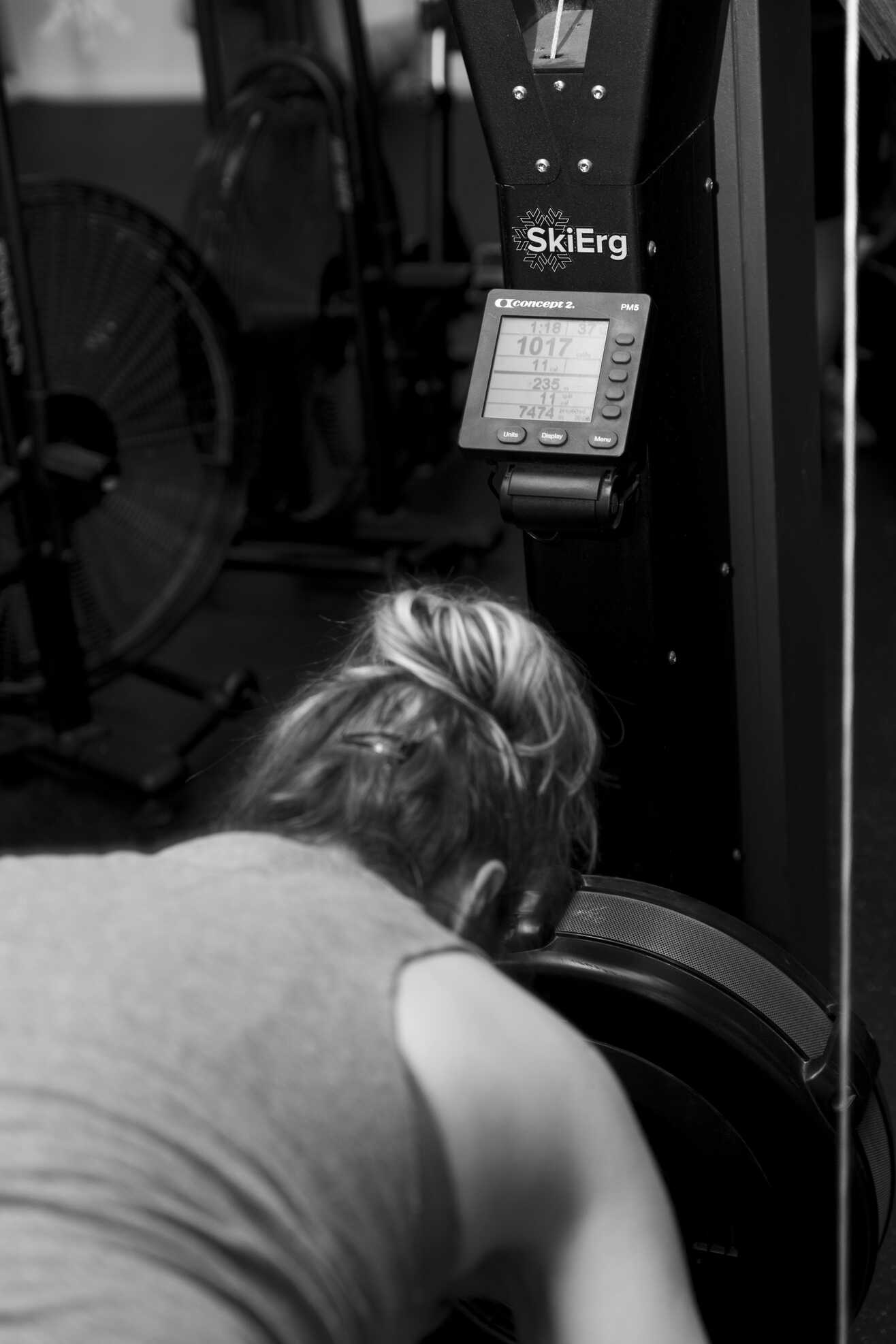When people hear “functional fitness,” they often picture complicated gym workouts with odd equipment. But the truth is, functional movements are simply the patterns your body uses every single day—no matter your age, fitness level, or job.
These movements train your body to work the way it’s meant to, building strength, stability, and coordination for the real-world tasks you face daily.
What Are Functional Movements?
Functional movements mimic the natural ways we move in life. They usually involve multiple joints and muscle groups working together—rather than isolating one muscle at a time. The goal? To make everyday tasks easier, safer, and more efficient.
Instead of training to just lift a barbell, you’re training to:
- Lift your groceries without hurting your back
- Carry a child on one hip while juggling a bag in the other hand
- Bend, twist, or reach without straining
- Maintain balance and stability as you age
6 Functional Movements You’re Already Doing
You don’t have to be in the gym to use functional fitness—you’re probably doing these daily without realizing it.
- Squat
- Every time you sit down and stand up, you’re squatting. Strengthening this movement improves leg power, core stability, and mobility.
- Hinge
- Bending forward to pick something up off the floor (like a laundry basket) uses a hip hinge. Practicing proper form keeps your back safe.
- Push
- Pushing a shopping cart or closing a heavy door works the pushing muscles in your chest, shoulders, and triceps.
- Pull
- Pulling open a door or carrying in bags from the car uses your back, biceps, and grip strength.
- Lunge
- Walking up stairs, climbing a hill, or kneeling down all mimic the lunge pattern, which helps with balance and lower-body strength.
- Rotate & Stabilize
- Turning to grab something from the passenger seat or twisting to load the dishwasher engages your core’s rotational strength.
Why Functional Fitness Matters
Training these patterns in the gym makes them safer and easier in daily life—and can help prevent injuries. Over time, functional training can:
- Improve posture
- Enhance balance and coordination
- Reduce aches and pains
- Make everyday tasks feel effortless
Bringing It Into Your Workouts
Whether you’re a beginner or an athlete, incorporating functional movements into your workouts can be simple:
- Practice bodyweight squats, lunges, and planks
- Add kettlebell or dumbbell carries to strengthen your grip and core
- Include rotational core exercises like Russian twists or medicine ball throws
- Focus on controlled, quality movement over speed
The Bottom Line
You don’t have to train for a sport to benefit from functional fitness. You’re already doing these movements every day—so why not make them stronger, safer, and more efficient?

